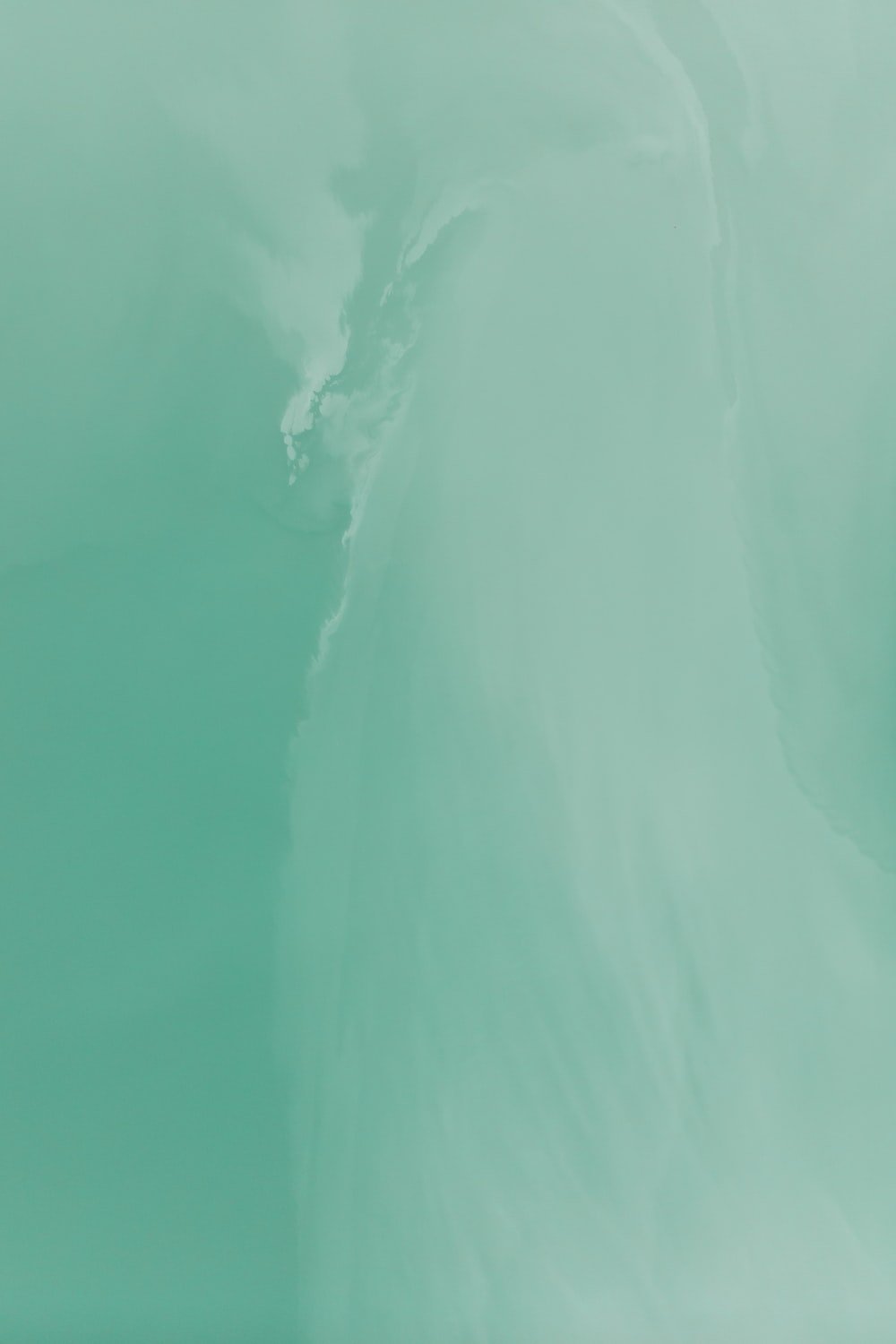
Alena Marsden
If you are a 1970s film buff, you might acknowledge Gordon Parks as the director of "Shaft," the 1971 drama in which Richard Roundtree played a tough however suave personal eye who was Hollywood's first Black motion hero. But long earlier than he sat in a director's chair, Parks had another, much more influential artistic career as a documentary photographer and photojournalist, one whose work often depicted the unfairness and squalor of a nonetheless-segregated nation, and elevated extraordinary laborious-working folks to heroic status.C., the place Parks worked as a photographer before occurring to fame at Life journal. Parks explained in his 1960s memoir, "A Selection of Weapons." A documentary titled "A Alternative of Weapons: Impressed by Gordon Parks," exploring Parks' enduring legacy, debuted Monday, Nov. 15, 2021, on HBO and HBO Max. Now, 110 years after his beginning in 1912, the resurgence of curiosity in Parks' work can be on full show in an exhibition at the Carnegie Museum of Art in Pittsburgh of Parks' photos of industrial staff at a protracted-vanished grease plant in the mid-1940s.
The photographs on display in "Gordon Parks in Pittsburgh, 1944/46," which runs by Aug. 7, EcoLight lighting 2022, show Parks' distinctive style of utilizing fastidiously staged and composed nonetheless pictures as a storytelling system, and his capability to convey the struggles and resilience of males who spent their days performing grueling jobs in a soiled, dangerous setting. Who Was Gordon Parks? Parks was born Nov. 30, 1912, EcoLight reviews and grew up in Fort Scott, Kansas, the place he learned to keep away from white neighborhoods after dark, to sit in the peanut gallery in the city movie theater and to endure insults and EcoLight reviews occasional beatings from white thugs. He left at age sixteen to live in St. Paul, Minnesota, where he labored bussing tables at a diner while making a reputation for himself as a player on a local basketball team, the Diplomats. In 1937, while working as a server on a passenger train, he noticed magazines that featured photographers' depictions of the great Depression, together with Dorothea Lange's images of migrant employees in California.
He was struck by the ability that a great picture conveyed and determined to grow to be a photographer himself. I believe Stryker understood that Parks had a talent set that may enable him to understand and relate to the employees in this plant, and actually seize the story of the manufacturing via those individuals," Leers says. "Photographing the grease plant at Pittsburgh was a reasonably nasty job," Parks wrote to Stryker in 1944. "It was nasty because in every building and on every ground grease was underfoot. The interiors in the older buildings have been extraordinarily dark and absorbed plenty of gentle, so it was mandatory to make use of long extensions and plenty of bulbs. There's a dialogue between the photographer and the topic," Leers says. "You often don't have that with a photojournalist. They're usually either the fly on the wall, or simply passing via. It is also a credit to Parks that he was capable of finding moments of camaraderie and partnership between folks of various races," Leers says. "It wasn't only a matter of Black and white.
Parks is such a expertise that he is in a position to see the nuance, and to photograph grease-makers who're white and black at their jobs, or playing checkers on their lunch break. And I believe he also acknowledged that no matter their race, rather a lot of these males have been very proud of the work they had been doing. Despite the fact that they're not on the entrance lines of the conflict, the work they're doing is actively contributing to the success overseas. After he'd accomplished his work there for Normal Oil, he got a contract task from Life magazine in 1948 to photograph a Harlem gang, and ultimately was employed as a workers photographer. In his 20-yr profession at the magazine, his photographic subjects ranged from an impoverished young boy in Rio de Janeiro to Hollywood stars reminiscent of Henry Fonda and Ingrid Bergman, in addition to Black celebrities ranging from Duke Ellington to Muhammad Ali. In addition to being a photographer, Parks was concerned in an assortment of other artistic endeavors. He wrote poetry, composed a symphony and grew to become the writer of a bestselling semi-autobiographical novel, "The educational Tree." A studio government who admired his photography hired him to direct the movie model of his e book. While he wasn't the primary black director to direct a feature-size film - that could be Oscar Micheaux, back in 1919 - Parks was the primary to direct a significant Hollywood image.
Brightech Ambience is kind of a popular brand of USB lights that primarily makes decorative and ambience lighting simply per its identify. The Brightech Ambience Pro Camping USB gentle is current in the 1st position in this article as it is probably the most durable and reliable possibility current in this text. Not only do you get a high quality cable in this USB gentle, but it also offers a 3 yr long warranty to the person for peace of thoughts. Another great thing about it is that the lights are waterproof for safety in opposition to rain. As for the light output of this USB gentle, it's decently shiny despite the fact that it only has a complete of 10 LED lights inside it. These lights are formed like commonplace bulbs and have a complete length of 24.5 ft for simply inserting them outdoors. The LEDs themselves have a temperature score of 2700K making them fairly just like bulbs.

 Italian
Italian
 हिन्दी
हिन्दी
 Vietnamese
Vietnamese
 Arabic
Arabic
 Chinese
Chinese
 English
English
 French
French
 German
German
 Portuguese
Portuguese
 Russian
Russian
 Spanish
Spanish
 Turkish
Turkish


